Some time ago now – but I made two EME QSOs with DL7APV (now SK) in February 2023. I used my 2* 15 el LFA X-yagi and 40 watt output from IC-9700.
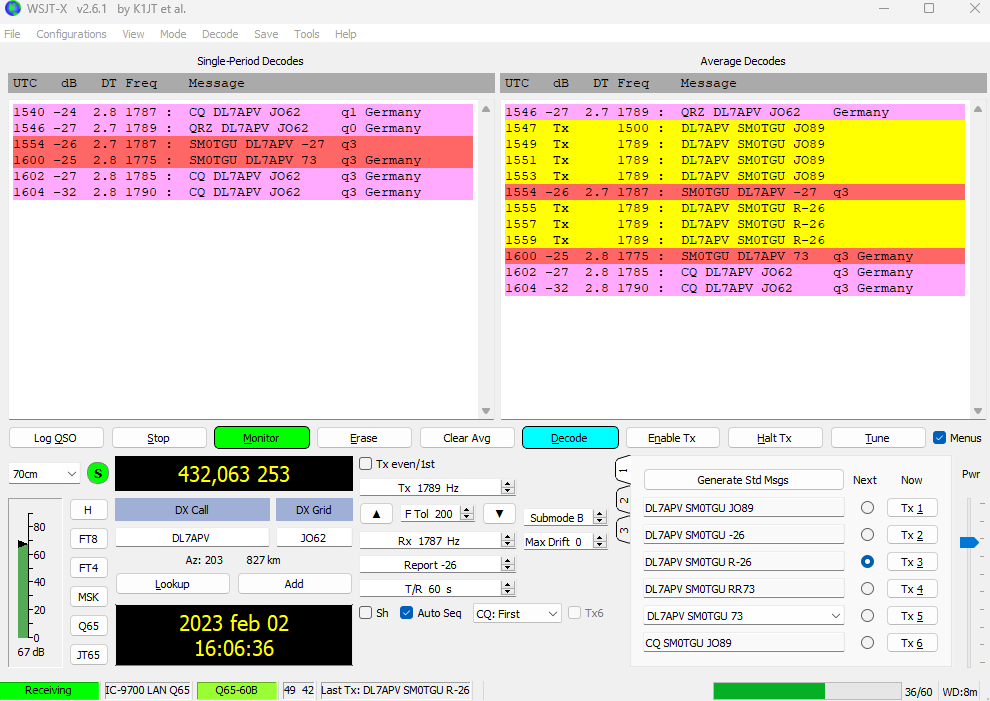
See also my Tweet from this event:
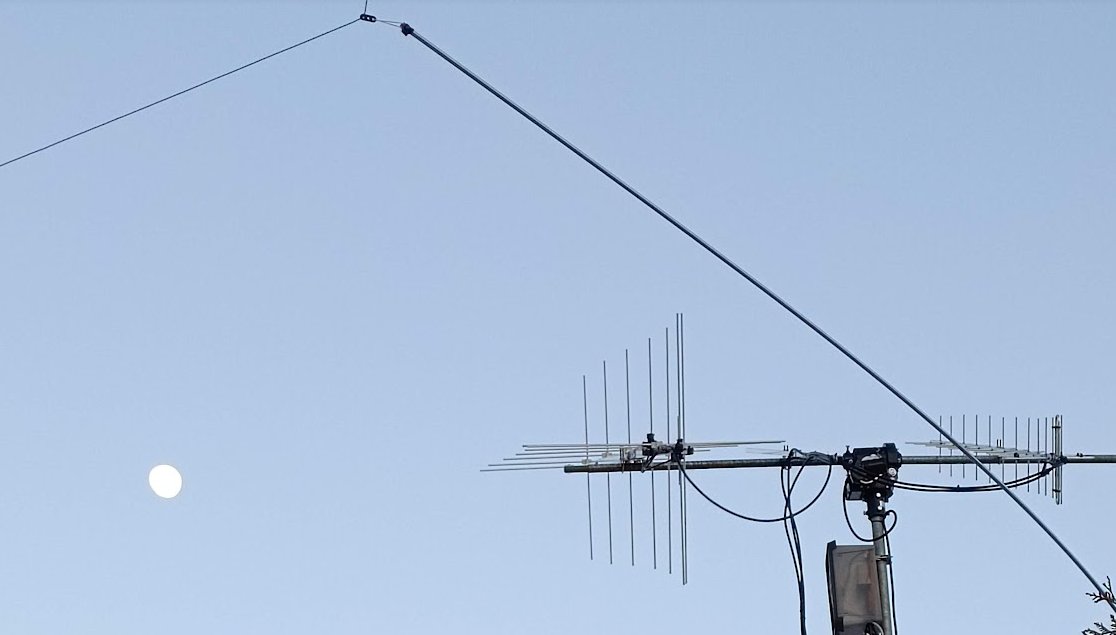
Some time ago now – but I made two EME QSOs with DL7APV (now SK) in February 2023. I used my 2* 15 el LFA X-yagi and 40 watt output from IC-9700.

See also my Tweet from this event:
Trying to receive #eme but hear nothing…. pic.twitter.com/PaPrt1dvha
— AMSAT-SM (SM0TGU Lars) (@amsat_sm) February 2, 2023
Some construction notes of my two 2.2 GHz Helix antennas I now using for my SatNOGS station and manual satellite RX.
The print scaffold set is from Dereksgc and i friend of mine did the printing https://www.thingiverse.com/thing:4980180
Construction notes from UHF-Satcom:
https://uhf-satcom.com/satellite-reception/s-band
The wire is from a RFC-400 coax cable center conductor – I just stripped one meter.
First set the wire to the printed support frame:


Then drill a hole in the reflector and mount a connector – I used both N-type and SMA-type.

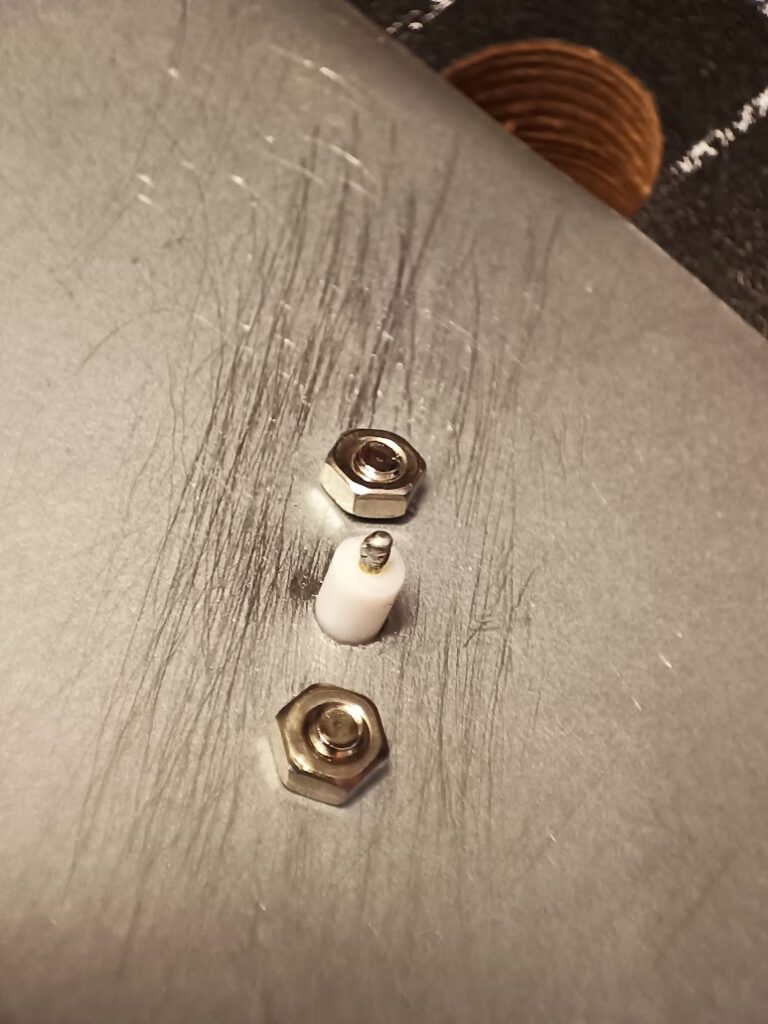
In order to get good 50 ohm match I needed to solder a piece of copper tape according to the image below:

Then a lot of hot glue and UV protection spray to get it a little bit more water proof:

Finally mounted at the mast:

This is the SWR plot after mounting:

I can recommend Dereksgc Youtube channel for lot of videos about S-band antennas and RX:
Some test with the internal LNA (P.AMP) of the IC-9700 and external LNA. What combinations will give the best SNR? Note that all tests are done without any type of professional equipment – only by looking at the waterfall and listening with my ears.
I have used my VHF and UHF yagis and external LNAs Mini-2 and Mini-70 mounted just below the antennas. I have aprox. 16 meters of high quality LMR-400 cables between the IC-9700 and antennas/LNAs.
VHF – beacon SK1VHF at 144.447 MHz
| Without internal P.AMP and external LNA | Not possible to hear beacon |
| With only internal P.AMP | Possible to hear beacon |
| With both internal P.AMP and external LNA | Better SNR but needed to reduce RFGain to get good SNR |
| With only external LNA | Best SNR! No need to reduce RFGain. |
Note on VHF: The difference between using both internal P.AMP + external LNA and only external LNA is not huge, but is clearly audible.
UHF – beacon SK1UHF at 432.405 MHz
| Without internal P.AMP and external LNA | Not possible to hear beacon |
| With only internal P.AMP | Possible to hear beacon |
| With both internal P.AMP and external LNA | Better SNR but needed to reduce RFGain to get good SNR |
| With only external LNA | Best SNR! No need to reduce RFGain. |
Note on UHF: Almost the same result as VHF, but the external LNA gives better result and SNR compared to VHF.
Summary:
If you do not have an external LNA it is mandatory to use the internal P.AMP on the IC-9700 for very weak signals.
If you have a good external LNA mounted close to the antenna it is best to turn off the internal P.AMP to get best SNR.
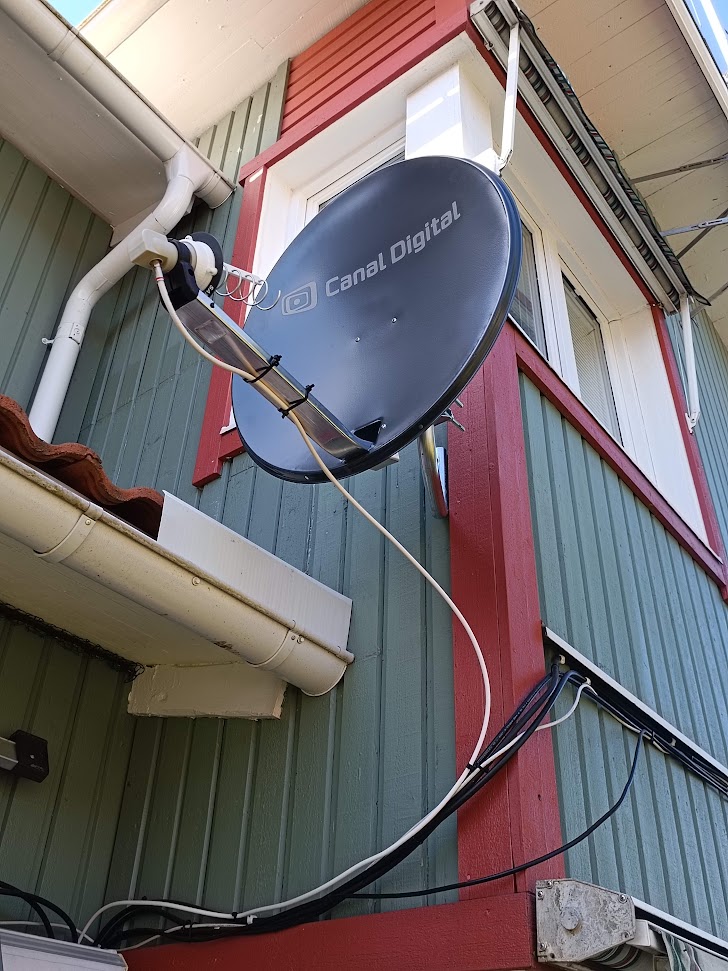
This is my final QO-100 fixed setup with the SatRover:
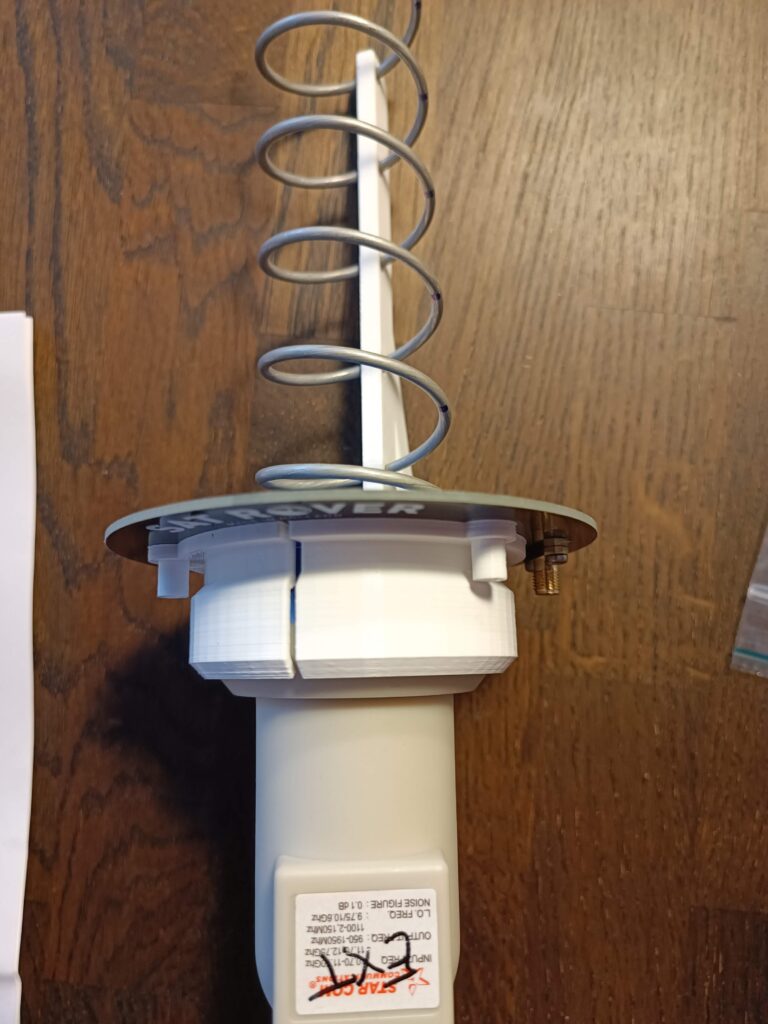
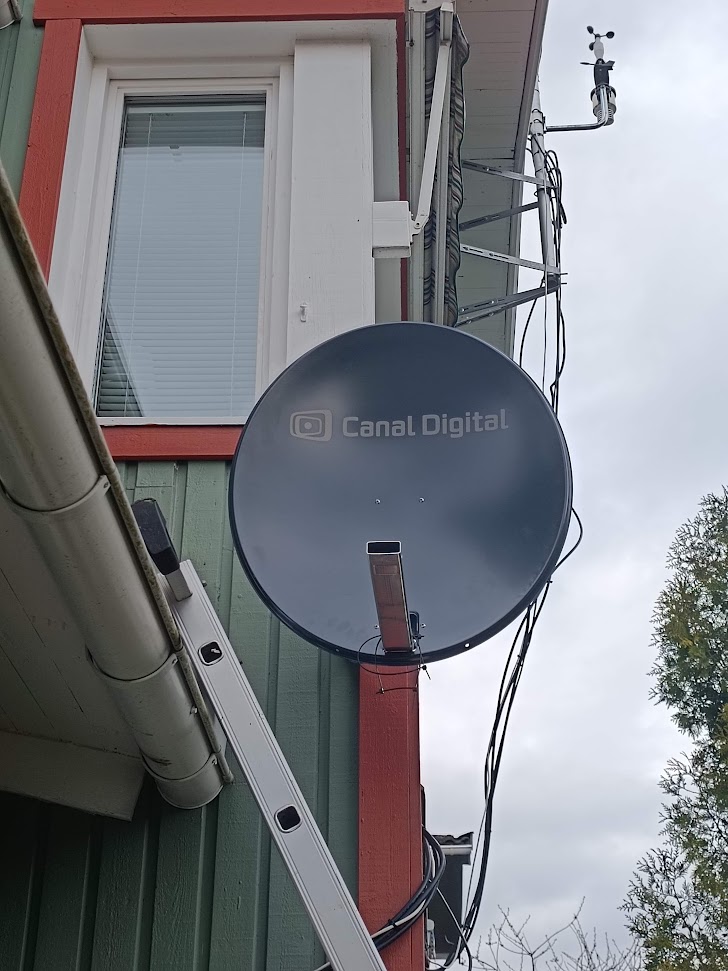
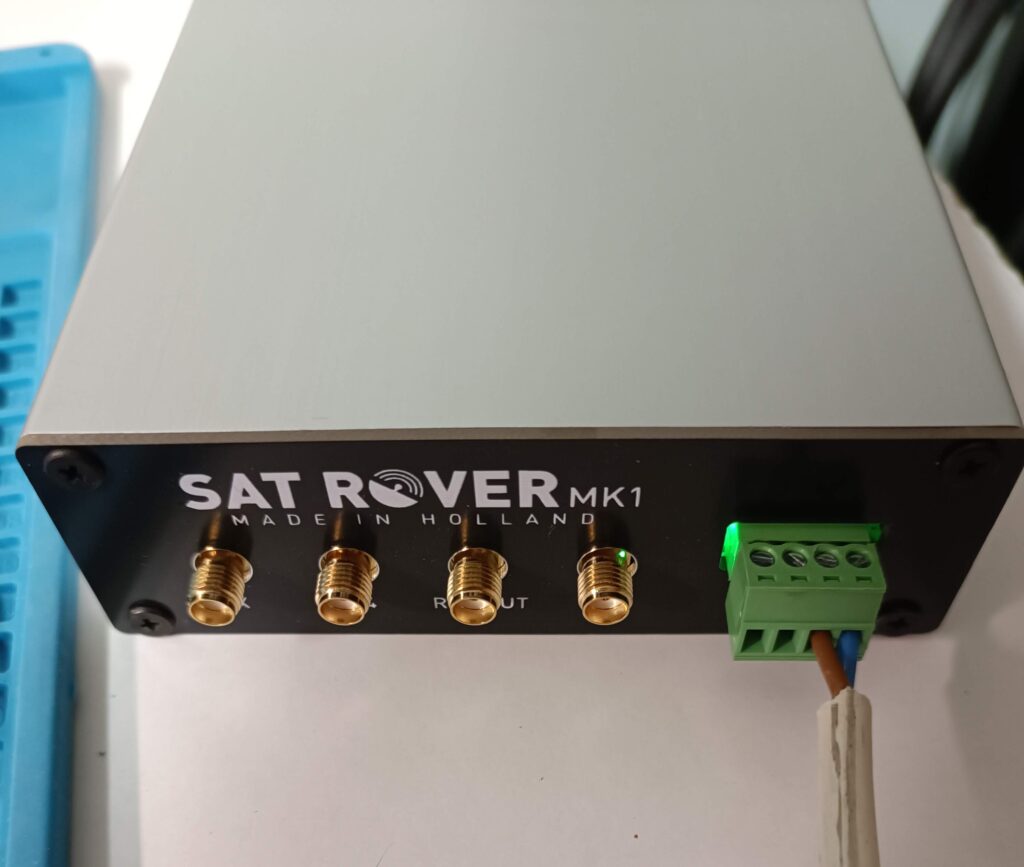
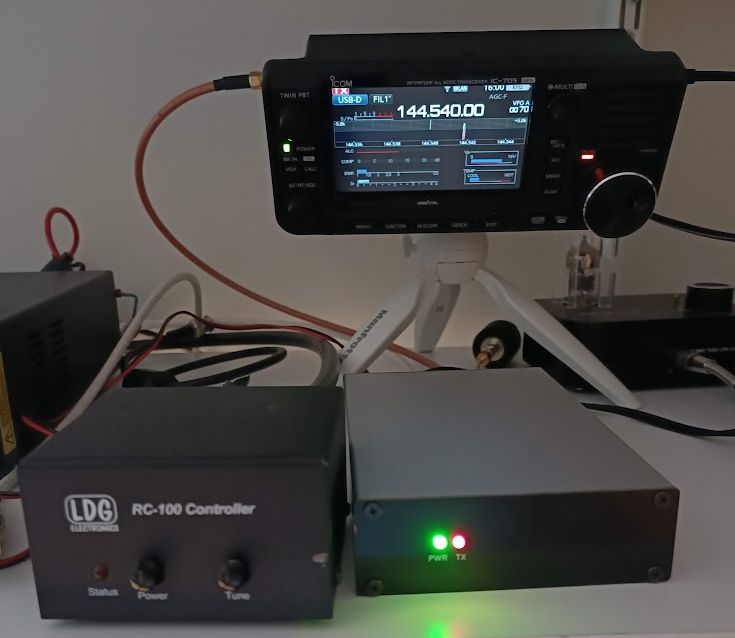
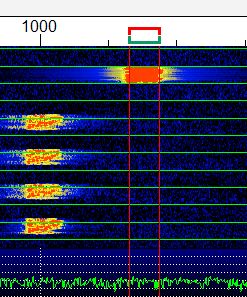
April 2024 I made a 50 MHz Oblong according to this.
Some pictures from building and mounting on roof:
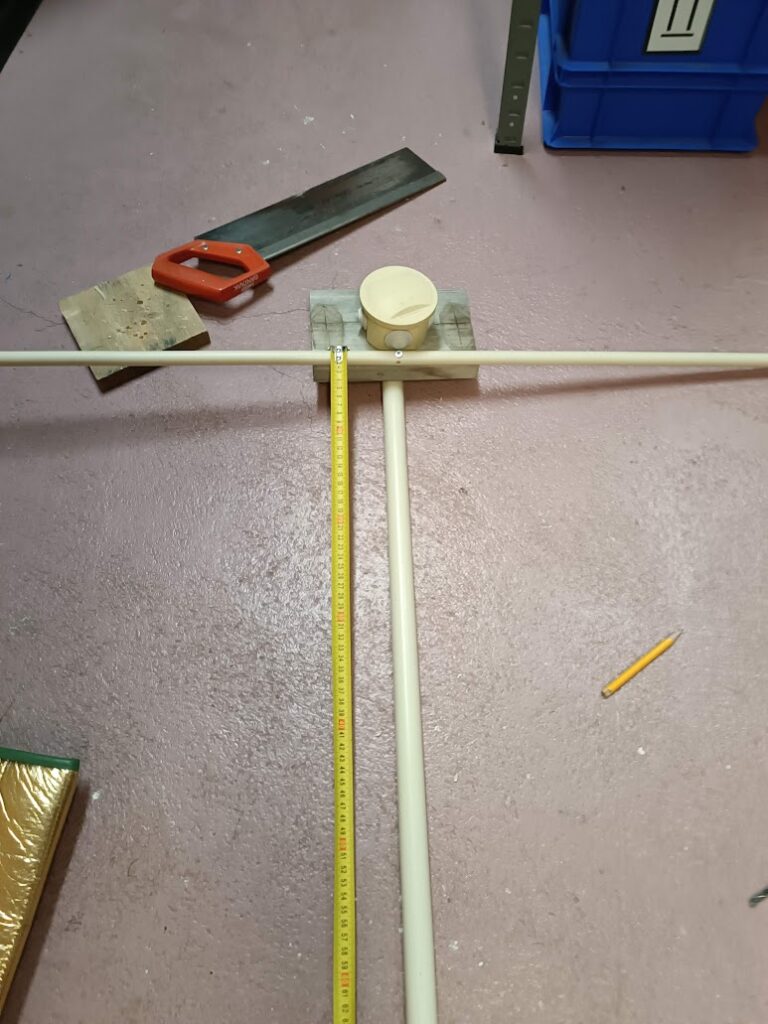
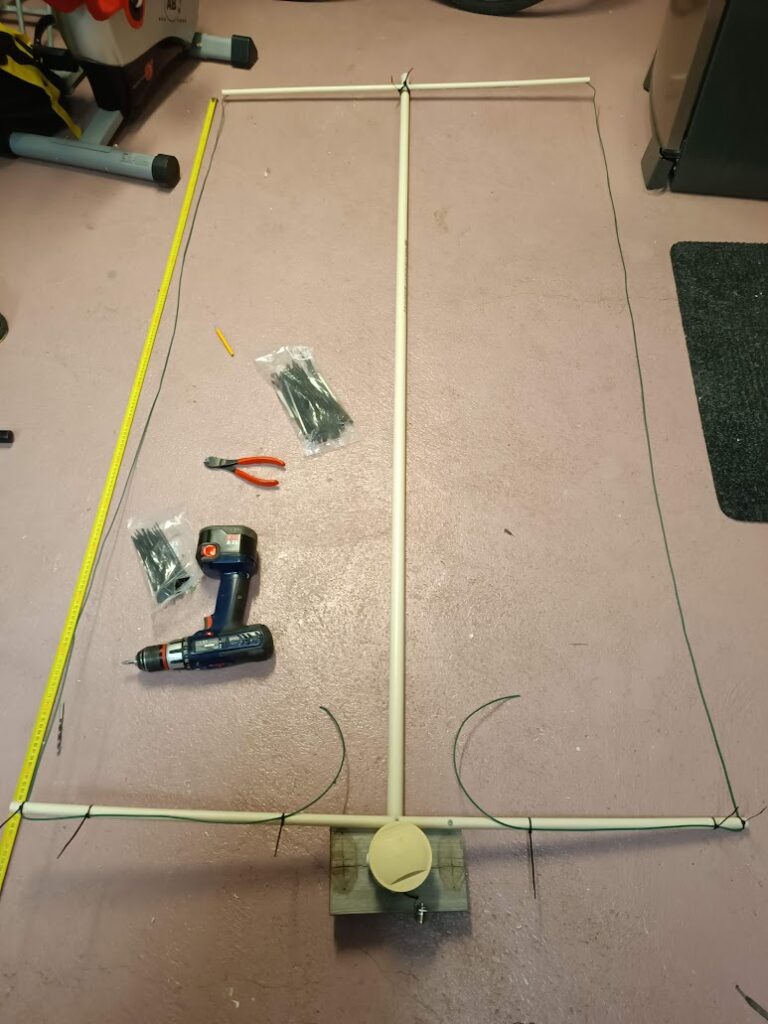
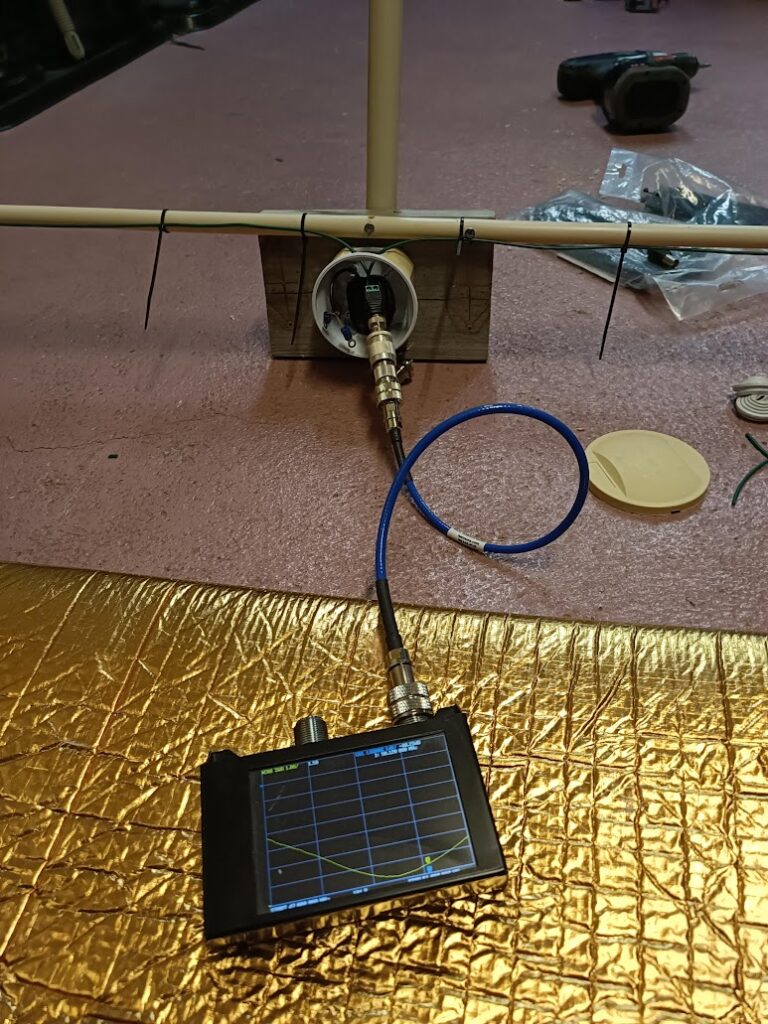
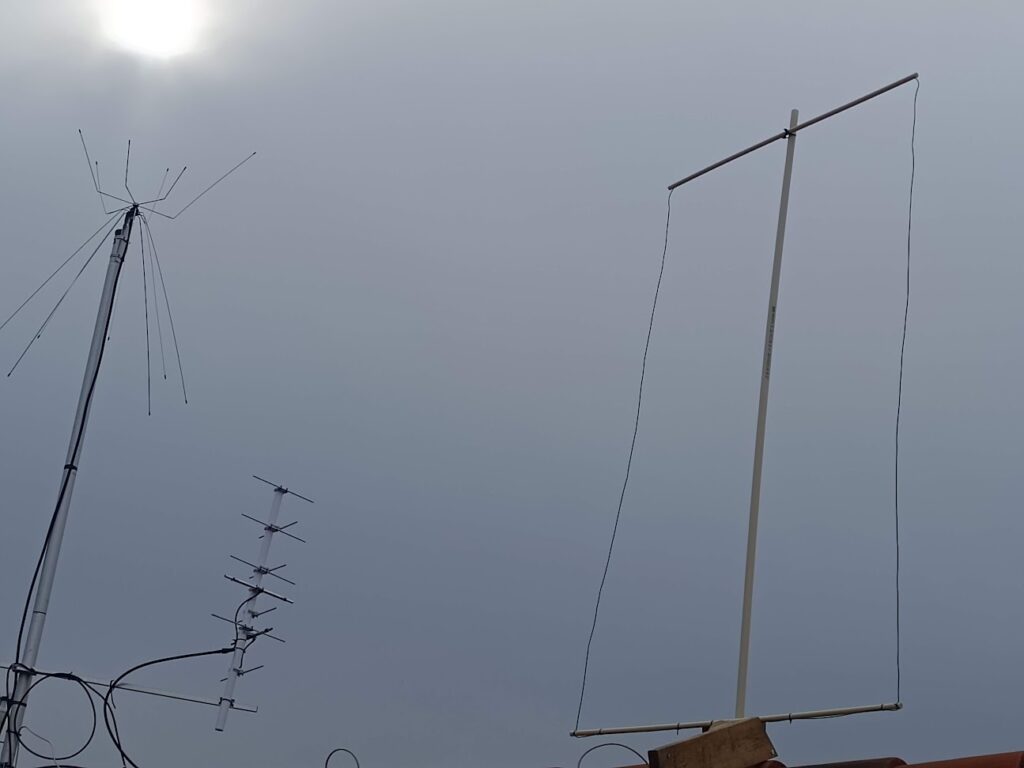
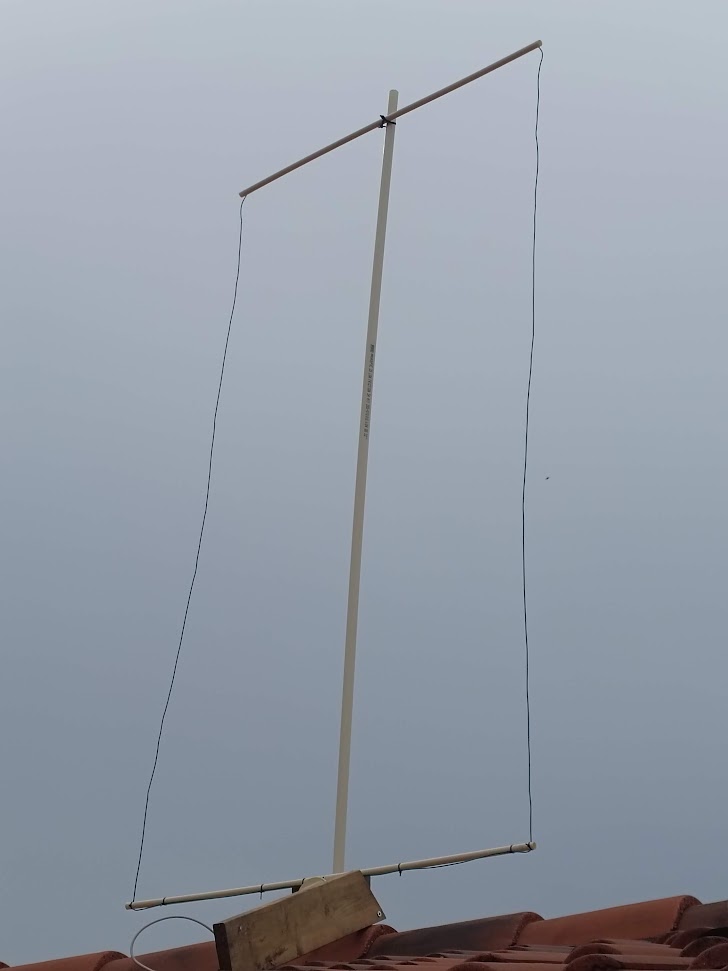
The first QO-100 RX test with SatRover and IC-705 the 22 mars 2024. What you see and here is the lower beacon.